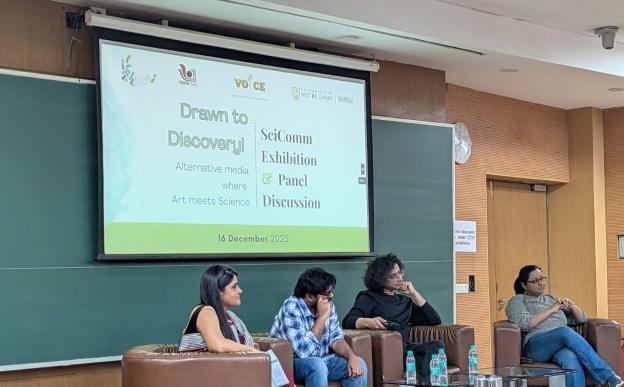Prof Bhaskaran Muralidharan and Dr Alestin Mawrie of the Indian Institute of Technology Bombay have researched a specific category of two-dimensional nanomaterials, called semi-Dirac materials. Their theoretical studies show that it is possible to engineer semi-Dirac materials to make optical filters and efficient thermoelectric nanodevices.

